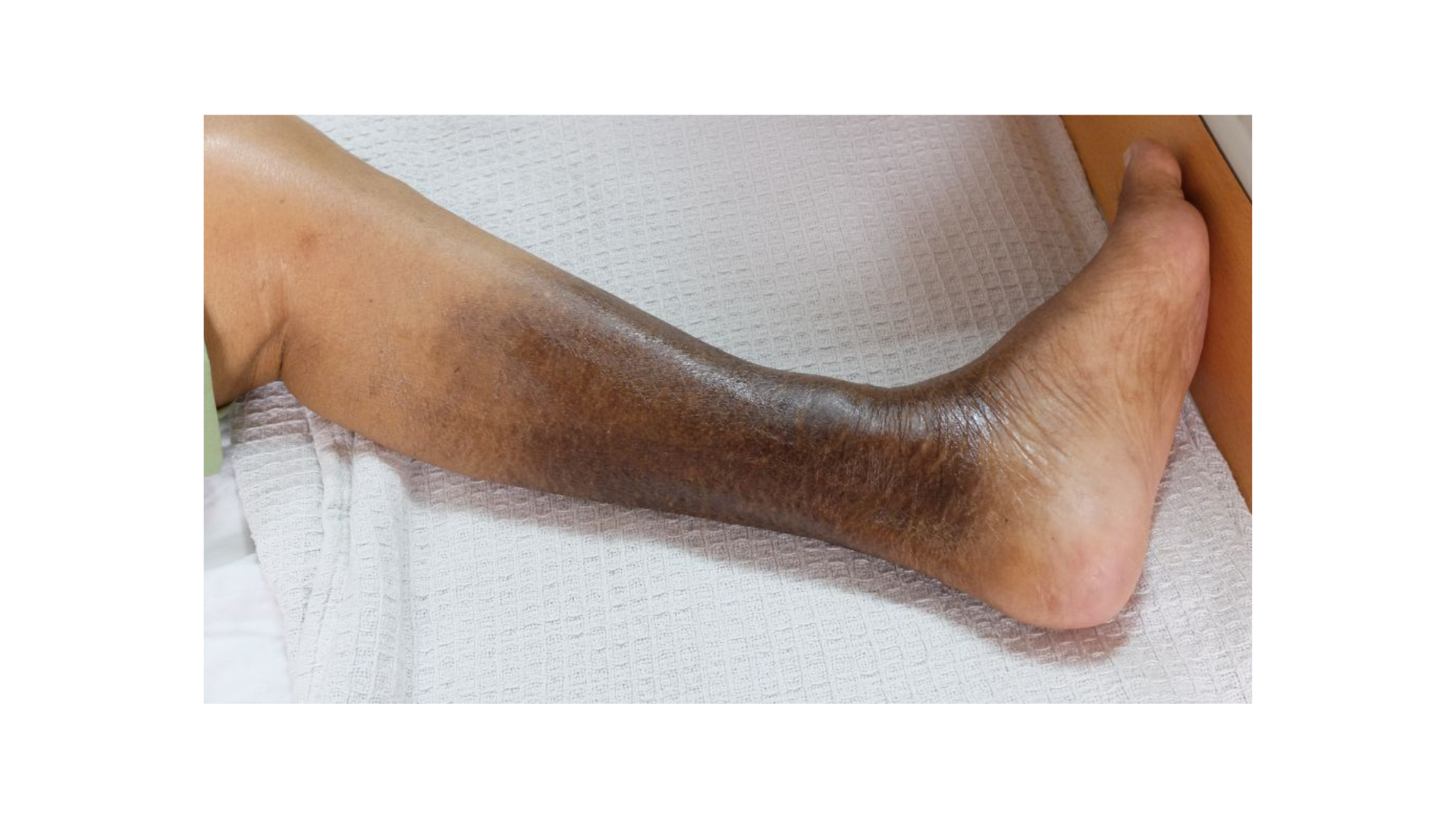Medical Device-Related Pressure Injuries: Impact and Prevention
January 31, 2022
Introduction
Medical device–related pressure injuries (MDRPIs) comprise a growing concern in health care, and it costs health care facilities $2.73 billion to $3.48 billion per year in the United States alone.1 According to The Joint Commission, MDRPIs account for over 30% of hospital-acquired injuries,2 a number that has grown over the past few years. New medical devices improve patient care, but they also carry a risk for pressure injuries (PIs) if these devices are not used properly and monitored appropriately.
Rising Rates and Impact
Despite the decrease in hospital-acquired conditions and PIs overall, MDRPIs have increased in incidence. In the acute care setting, as of a 2021 systematic review, the incidence of MDRPIs was 28.1%.3Never Events by the Centers for Medicare & Medicaid Services.4 Health care facilities may have to absorb the cost of these PIs and lose money that could be better used to improve patient services. Additionally, MDRPIs lead to longer lengths of stay for patients, and this contributes to the high cost of care.
A 2021 retrospective chart review reported that development of an MDRPI increased length of stay from an average of 3 days to an average of 84 days.5 Patients with an MDRPI had a length of stay almost 28 times longer than did patients those without an MDRPI. This upward trend of MDRPI incidence has caused many health care facilities to implement device-related outcome measures and procedures focused on prevention of device-related injuries.
Prevention
Prevention is key to reduce the personal, psychological, and financial impact of MDRPIs. Once these injuries have occurred, the costs can be immense compared with the relatively low cost of prevention measures. The Joint Commission recommends the following for MDRPI prevention:2
- Assessment of the patient’s skin and pressure injury risk factors
- Education provided to the patient and caregivers on the device use, purpose, and wearing schedule
- Repositioning of the patient and the device at regular intervals to reduce pressure and shearing forces on a given skin area
- Removal of the device as soon as medically indicated
- Padding of the device when possible
- Ensuring proper fit and size of the device
- Effective documentation and handoff between team members caring for the patient
- Organizational teamwork and identification of expertise
- Identification of nonverbal signs of pain or discomfort
Particular attention should be given to the ears, nose, face, chin, and lips because these are the most common locations for potential MDRPIs.3 Health care facilities should offer regular and updated education and training to front-line staff members and clinicians to ensure a team approach to MDRPI prevention and management.
Conclusions
MDRPIs are major concerns for health care facilities. Not only do they take an enormous amount of time and money to treat, but also this cost may not be reimbursable if the MDRPI was hospital acquired. Health care facilities can implement policies and procedures that significantly reduce patients’ risk of MDRPIs.
References
- Agency for Healthcare Research and Quality (AHRQ). Are we ready for this change?. In: Preventing pressure ulcers in hospitals. AHRQ. Last reviewed 2014. Accessed January 14, 2022. https://www.ahrq.gov/patient-safety/settings/hospital/resource/pressure…
- The Joint Commission (TJC).Managing medical device-related pressure injuries. Quick Safety. 2018;43:1-2. Accessed December 28, 2021.https://www.jointcommission.org/-/media/tjc/newsletters/qs_43_med_dev_p…
- Brophy S, Moore Z, Patton D, O'Connor T, Avsar P. What is the incidence of medical device-related pressure injuries in adults within the acute hospital setting? A systematic review. J Tissue Viability. 2021;30(4):489-498. doi:10.1016/j.jtv.2021.03.002
- Centers for Medicare & Medicaid Services (CMS). Fact sheet: eliminating serious, preventable, and costly medical errors - never events. CMS. 2006. Accessed December 28, 2021. https://www.cms.gov/newsroom/fact-sheets/eliminating-serious-preventabl…
- Schindler CA, Barrette R, Sandock A, Kuhn E. Medical device-related pressure injuries associated with electroencephalogram leads in a tertiary care children's hospital: a retrospective chart review. Wound Manag Prev. 2021;67(9):25-32.
The views and opinions expressed in this blog are solely those of the author, and do not represent the views of WoundSource, HMP Global, its affiliates, or subsidiary companies.












Follow WoundSource
Tweets by WoundSource